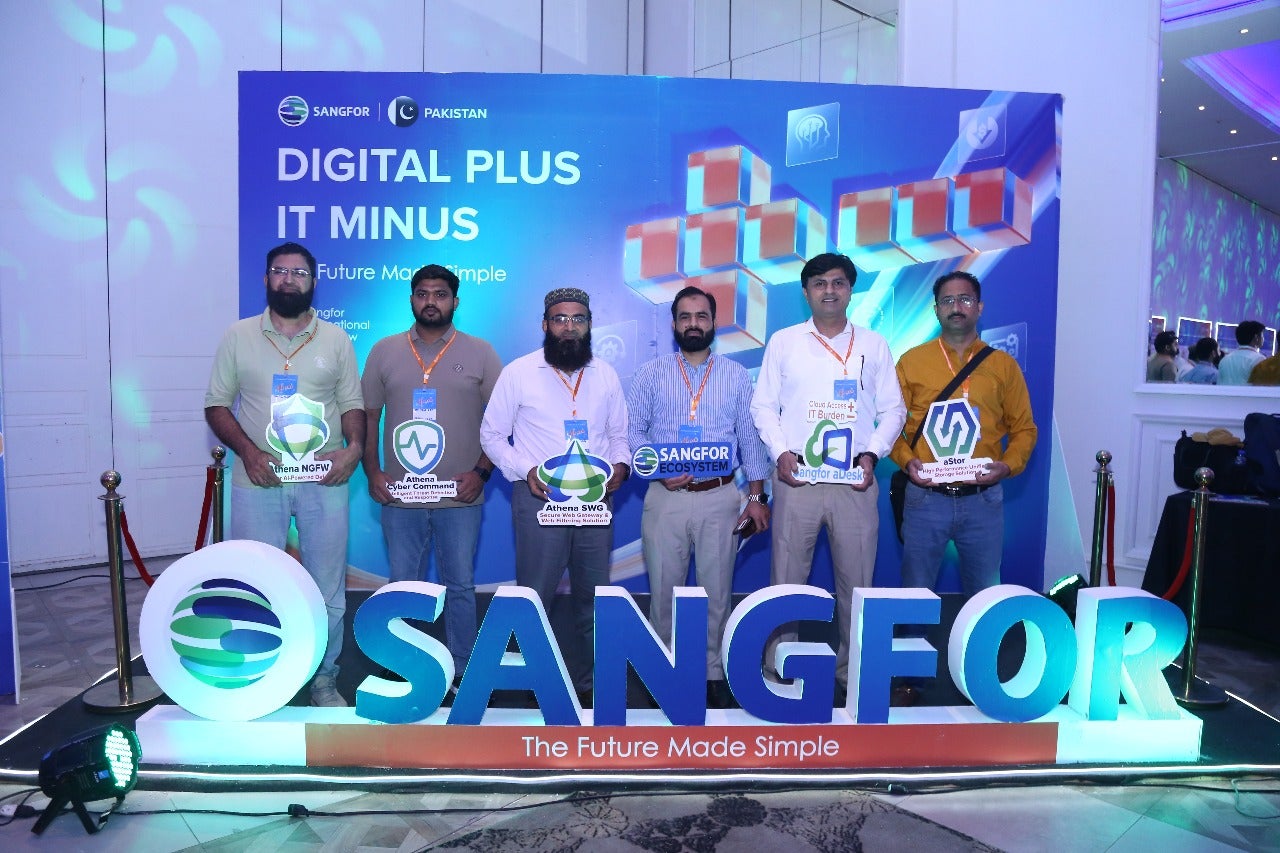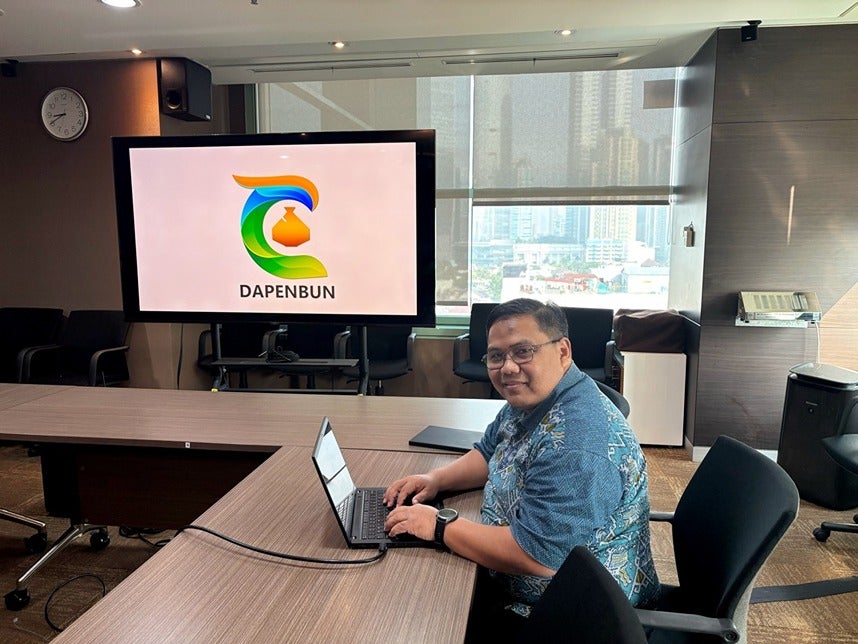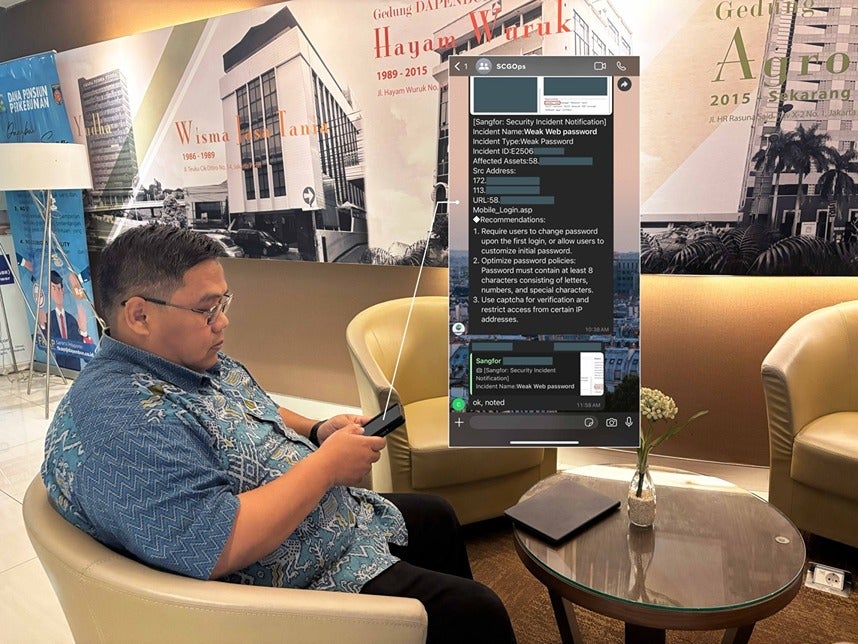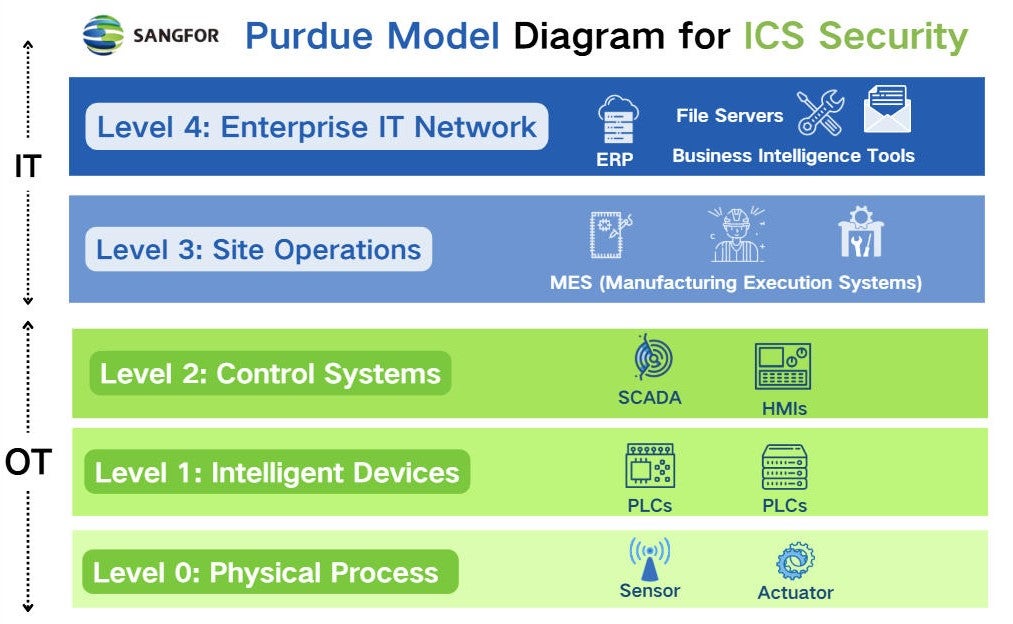A stateful firewall is a critical network security device that tracks active connections or sessions to make intelligent decisions about incoming and outgoing traffic. Unlike stateless firewalls, which inspect each packet in isolation without considering its context, a stateful firewall evaluates whether each packet belongs to an existing, legitimate session. This connection-aware approach provides stronger, more adaptive network protection and is essential for modern cybersecurity architecture.

Introduction: Why Stateful Firewall Matters
The primary function of a stateful firewall is to maintain a state table that records session details such as source and destination IP addresses, port numbers, protocol types, and connection states (e.g., SYN_SENT, ESTABLISHED). When a new packet arrives, the firewall references this state table to decide whether to accept or reject it. This method significantly enhances security by preventing unauthorized or out-of-context traffic from penetrating the network.
In contrast, a stateless firewall examines each packet independently without considering any connection history. This makes stateless firewalls faster but also more vulnerable to spoofing and other network attacks. Understanding the differences between stateful firewall vs stateless firewall is crucial for organizations when designing their network security policies.
How Does a Stateful Firewall Work? (Stateful vs Stateless Firewall Explained)
TCP Session Tracking in Stateful Firewall
The Transmission Control Protocol (TCP) establishes connections through a well-known process called the three-way handshake: SYN → SYN-ACK → ACK. The stateful firewall monitors this handshake by logging each step into its state table. This allows the firewall to verify that all subsequent packets belong to a valid, established session. When the session is terminated (signaled by FIN or RST packets), the firewall removes the corresponding entry from its state table to free up resources.
Tracking UDP and ICMP Sessions in Stateful Firewalls
Unlike TCP, UDP is a connectionless protocol and ICMP is stateless. However, stateful firewalls simulate “sessions” for these protocols by creating temporary pseudo-states with timeout values. This allows the firewall to recognize legitimate response packets (such as DNS replies or ping responses) while still blocking unsolicited or spoofed traffic. This mechanism is vital to maintaining both security and network functionality.
Handling Complex Protocols Like FTP and SIP
Some protocols, such as FTP and SIP, use multiple channels for control and data. For instance, FTP uses a control channel to send commands and a separate data channel to transfer files. A stateful firewall tracks the control channel, dynamically extracts port information, and opens or closes data ports as needed. This ensures only legitimate traffic passes through, preventing malicious use of open ports.
Stateful Firewall vs Stateless Firewall: Key Differences
| Feature | Stateful Firewall | Stateless Firewall |
| Packet Context | Tracks connection states and session information | Inspects each packet independently |
| Protocol Support | TCP, UDP, ICMP, FTP, SIP, and others | Basic TCP/UDP headers only |
| Decision Logic | Uses dynamic, real-time state tables | Uses static Access Control Lists (ACLs) |
| Security Level | Context-aware, adaptive, harder to bypass | Easier to bypass, less adaptive |
| Performance | Requires more CPU and memory | Lightweight, faster processing |
| Typical Use Cases | Enterprise, cloud, hybrid networks | Simple or legacy network environments |
The stateful firewall's ability to maintain context makes it ideal for complex and dynamic environments, such as cloud infrastructures, VPNs, and data centers, whereas stateless firewalls are best suited for simpler use cases with fixed rule sets.
Benefits of Stateful Firewalls vs Stateless Firewalls
1. Context-Aware Security
By validating packets against active session information, stateful firewalls reduce false positives and block anomalous or malicious traffic more effectively than stateless firewalls. This results in fewer disruptions to legitimate users and enhanced network reliability.
2. Protection Against Spoofing and Scans
Stateful firewalls block unsolicited, out-of-sequence, or spoofed packets that can be used for stealth network reconnaissance or denial-of-service (DoS) attacks. This proactive defense is lacking in stateless firewalls, making stateful models more secure.
3. Support for Complex Multi-Channel Protocols
Multi-channel protocols like FTP, SIP, and VoIP require dynamic port negotiation. Stateful firewalls handle these protocols securely by tracking control and data connections, reducing vulnerabilities exposed by fixed-rule stateless firewalls.
4. Enhanced Logging and Regulatory Compliance
State tables maintained by stateful firewalls include session metadata such as timestamps, source/destination IPs, and ports. This data supports auditing, forensic investigations, and compliance with regulations such as GDPR, HIPAA, and PCI-DSS.
5. Efficient Filtering for UDP and ICMP
UDP and ICMP protocols are essential for services like DNS, video streaming, and network diagnostics but are connectionless by nature. Stateful firewalls use pseudo-state tracking to filter these protocols effectively without blocking legitimate traffic.
Limitations and Considerations of Stateful Firewalls
Despite their advantages, stateful firewalls have some inherent limitations:
Not Deep Packet Inspection (DPI): Stateful firewalls inspect packets up to Layer 4 (transport layer). To detect threats at the application layer (Layer 7), organizations need Next-Generation Firewalls (NGFWs) or Intrusion Prevention Systems (IPS).
Resource Consumption: Maintaining state tables for thousands of simultaneous sessions requires significant CPU and memory, potentially impacting performance on lower-end devices.
Limited User-Level Visibility: Without integration with identity management solutions, stateful firewalls cannot map sessions to specific users, limiting user-based policy enforcement.
Timeouts and Stale States: Improper timeout settings can cause the firewall to prematurely drop valid sessions, disrupting legitimate communication.
Many organizations address these issues by combining stateful firewalls with NGFWs, identity-aware gateways, and advanced monitoring solutions.
Typical Use Cases for Stateful Firewalls
Enterprise Network Perimeters
Stateful firewalls enforce strict ingress and egress policies while allowing return traffic for established sessions. This balance protects enterprise networks without blocking legitimate communication.
Cloud and Hybrid Network Environments
Cloud platforms like AWS, Azure, and Google Cloud implement stateful firewall logic (e.g., AWS Security Groups) to secure virtual networks and manage dynamic workloads at scale.
VPNs and Remote Office Connectivity
Stateful inspection validates session initiation from remote users, securing VPNs and preventing unauthorized access to internal resources.
Data Center East-West Traffic Segmentation
Stateful firewalls regulate lateral movement within data centers, a critical defense for compliance with standards like PCI-DSS and HIPAA.
Industry-Specific Requirements
Healthcare, finance, and government sectors rely heavily on stateful firewalls’ detailed session logs and robust protocol handling to meet regulatory demands.
Vendor Examples of Stateful Firewall Technology
Check Point: The Check Point INSPECT engine operates at the kernel level, supporting hundreds of dynamic protocols and scaling horizontally via the Maestro architecture, delivering high performance and flexibility.
Palo Alto Networks: Their Next-Generation Firewalls combine stateful inspection with App-ID and User-ID to enforce granular Zero Trust policies that adapt to user behavior and applications.
Fortinet: Fortinet integrates stateful firewalling with advanced features like SD-WAN, antivirus, and web filtering, suitable for enterprises requiring consolidated security platforms.
Sangfor: Sangfor offers stateful firewall technology embedded within their NGFW and cloud security solutions, emphasizing ease of deployment, broad protocol support, and optimization for hybrid and cloud environments.
Summary and Further Reading
A stateful firewall forms the backbone of modern network security, providing intelligent, session-based filtering that goes beyond simple packet inspection. While not a full defense against application-layer threats, stateful firewalls serve as a foundation for NGFWs, cloud-native firewalls, and identity-aware systems. For deeper understanding, review vendor documentation such as the Check Point NGFW Buyer's Guide and comparative NGFW research to select the best solution for your environment.
Frequently Asked Questions
Yes. By tracking connection context, stateful firewalls can block illegitimate or out-of-context packets that stateless firewalls might miss.
No. Application-layer inspection requires Next-Generation Firewalls (NGFWs) or Intrusion Prevention Systems (IPS).
Cloud firewalls, such as AWS Security Groups, implement stateful inspection to manage TCP, UDP, and ICMP traffic effectively.
They create temporary pseudo-states with timeout mechanisms to track these connectionless protocols securely.
Yes. Many mid-tier firewalls include stateful inspection, offering a good balance between security and performance.













